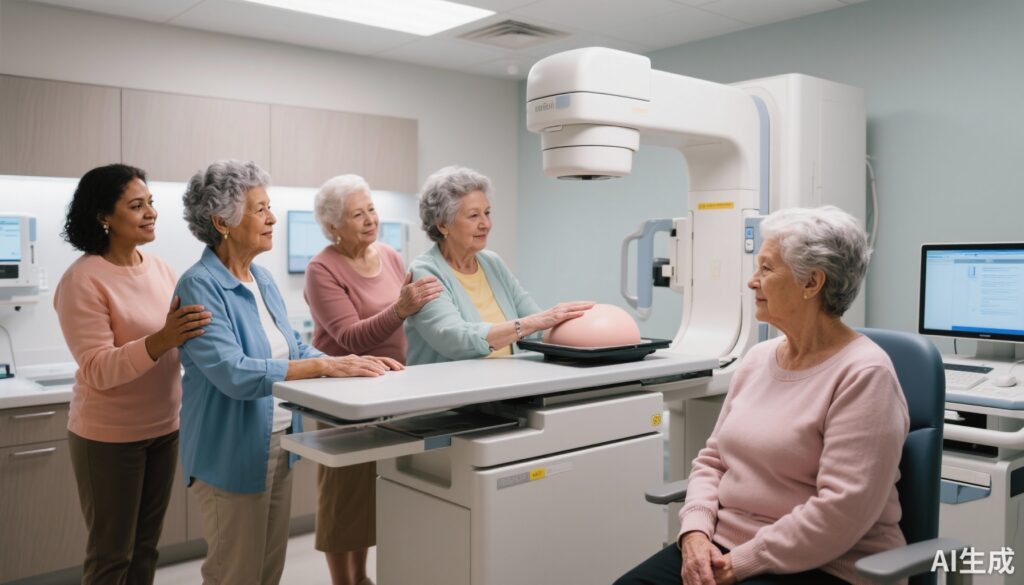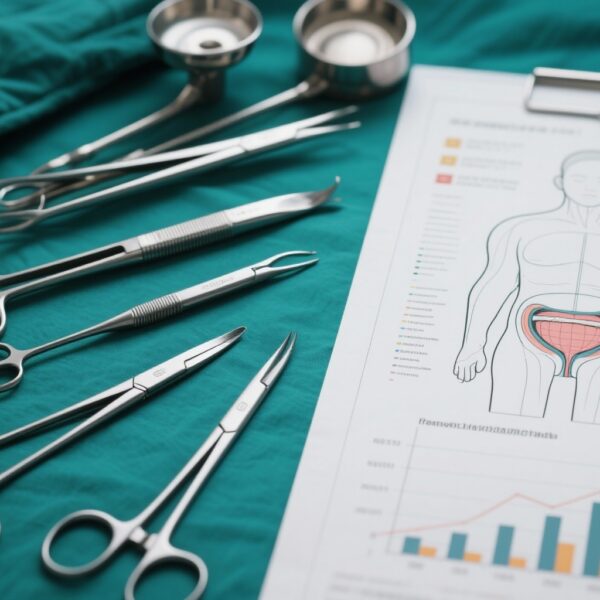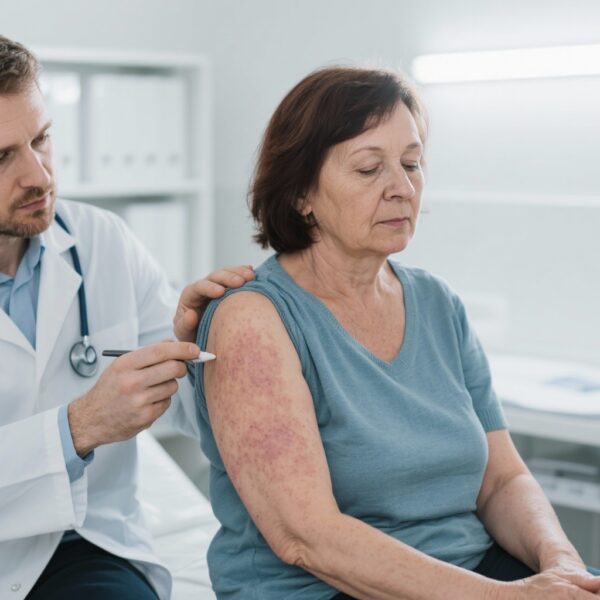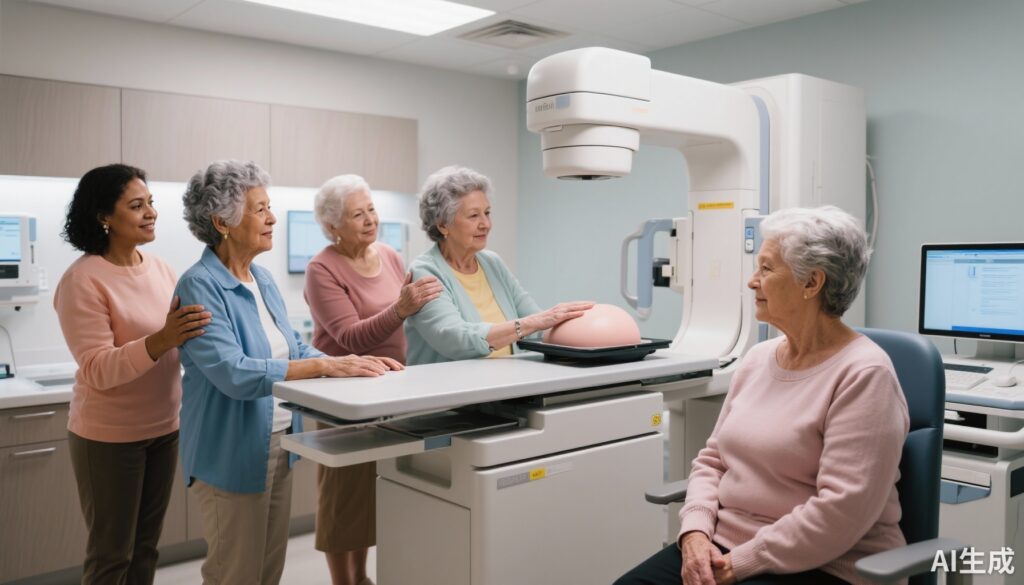Highlight
– Breast cancer screening utilization among US women aged 67 and older remained largely stable from 2009 to 2019, with declines in screening among women aged 80 and above.
– Adoption of digital breast tomosynthesis (DBT) surged from 0% to over 70% among screened women, markedly increasing screening costs.
– Spending on cost-ineffective screening strategies—including annual mammography, DBT, supplemental ultrasound, and screening in women 80+—nearly doubled over the decade, now constituting the majority of Medicare expenditures.
– Strategic reduction of low-value screening could generate substantial savings, enabling reinvestment in high-value screening and diagnostic follow-up.
Study Background and Disease Burden
Breast cancer remains a leading cause of cancer morbidity and mortality among women worldwide, with incidence increasing with age. Screening mammography has proven effective in reducing breast cancer mortality by enabling earlier detection. However, the benefits and harms of breast cancer screening vary by age, frequency, and imaging modality. For older women, particularly those aged 80 years and above, the net clinical benefit of screening is less clear owing to competing mortality risks and comorbidities, leading to divergent guideline recommendations.
The introduction of advanced imaging technologies such as digital breast tomosynthesis (DBT) offers improved detection sensitivity but comes with increased costs and unclear incremental value in older populations. Understanding changes in screening use patterns, associated economic burden, and value-based distinctions is vital to optimize healthcare resource allocation and maximize patient outcomes.
Study Design
This investigation was a serial cross-sectional study analyzing data spanning 2009 to 2019 from the Surveillance, Epidemiology, and End Results (SEER)-Medicare linked database. The study population comprised women aged 67 years and older enrolled in Medicare fee-for-service programs.
Screening modalities, frequency, and age cohorts were examined to evaluate patterns of breast cancer screening usage. Researchers categorized screening into cost-effective and cost-ineffective groups based on published economic analyses, not solely guideline criteria. Cost-effective screening was defined as biennial mammography in women under 80 years of age. Cost-ineffective screening encompassed annual mammography, the addition of DBT or screening ultrasound, and any screening conducted in women aged 80 years and older.
Expenditure analysis adjusted annual Medicare spending to 2019 inflation-adjusted dollars, allowing estimation of overall economic impact.
Key Findings
Among an average annual sample of 229,683 Medicare beneficiaries aged 67 and older, the study observed the following:
1. Usage Trends:
– Biennial screening rates in women aged 65-79 remained stable, increasing slightly from 11.2% (95% confidence interval [CI] 11.0-11.4) in 2009 to 11.9% (95% CI 11.7-12.0) in 2019.
– Annual screening in the same age group was relatively stable, decreasing slightly from 32.5% (95% CI 32.3-32.7) to 30.0% (95% CI 29.8-30.2).
– Among women aged 80 years and above, overall screening (annual or biennial) declined significantly from 19% (95% CI 18.8-19.3) in 2009 to 12.9% (95% CI 12.7-13.2) in 2019.
2. Modality Adoption:
– Use of DBT increased dramatically during the study period, rising from 0% in 2009 to 70.3% of screened women by 2019.
3. Economic Impact:
– Total Medicare spending for cost-effective screening increased by 29%, from approximately $569 million annually in 2009 to $735 million in 2019.
– Spending on cost-ineffective screening, however, surged by 87%, from $548 million to $1.025 billion over the same period.
– By 2019, cost-ineffective screening accounted for 58% of total Medicare expenditures on breast cancer screening in older women.
These findings underscore that despite relatively stable screening rates, expenditures have escalated rapidly, primarily due to higher-cost modalities and screening practices not supported by cost-effectiveness analyses.
Expert Commentary
This study highlights critical challenges in aligning breast cancer screening practices with clinical and economic value in an aging population. The substantial uptake of DBT reflects technological enthusiasm, yet its cost-effectiveness in older women remains uncertain, particularly when used annually or alongside supplementary ultrasound.
The declining screening rates in women over 80 align with evolving guidelines that consider life expectancy and potential harms. Persisting screening in this group, classified here as cost-ineffective, reflects ongoing clinical uncertainty and variability in practice.
Limitations include reliance on claims data, which may not capture clinical decision-making nuances, and categorization of screening value based on economic models rather than direct patient outcomes. Future research should refine individualized screening risk stratification and evaluate cost-effective deployment of advanced imaging.
Conclusion
Breast cancer screening among older US women has demonstrated stable utilization but markedly increased costs driven largely by low-value screening practices and adoption of more expensive modalities like DBT. These trends raise concerns about sustainability and emphasize the need for heightened focus on value-based screening approaches.
Reducing use of cost-ineffective screenings, such as annual mammography, DBT without clear indication, and indiscriminate screening of women 80 and older, presents an opportunity to curtail unnecessary expenditures. Savings could be redirected to support high-value screening strategies and ensure appropriate diagnostic follow-up, ultimately enhancing clinical outcomes and system efficiency.
Clinicians and policymakers should prioritize evidence-informed guidelines and shared decision-making to balance benefits, harms, and costs of breast cancer screening in older women, tailoring approaches to individual risk profiles and life expectancy.
References
Richman I, Long JB, Lindsay ME, Fendrick AM, Kyanko K, Gross CP. Changes in Use, Cost, and Value of Breast Cancer Screening Among Older Women in the US. J Gen Intern Med. 2025 Sep 23. doi: 10.1007/s11606-025-09778-y. Epub ahead of print. PMID: 40987968.
Additional supporting literature:
1. U.S. Preventive Services Task Force. Breast cancer: screening. USPSTF recommendation statement. JAMA. 2016;315(15):1616-1634.
2. Nass SJ, Henderson IC, Lash TL. The effectiveness of mammography screening in women aged 75 years or older: a review. JAMA. 2020;324(12):1249-1250.
3. Miglioretti DL, Lange J, van den Broek JJ, et al. Effect of digital breast tomosynthesis on breast cancer screening accuracy. N Engl J Med. 2016;375(16):1513-1523.
4. Kong CY, van Ravesteyn NT, Jemal A, et al. Cost-effectiveness of digital breast tomosynthesis screening: a systematic review and health economic modelling. Breast Cancer Res Treat. 2018;167(3):633-646.



